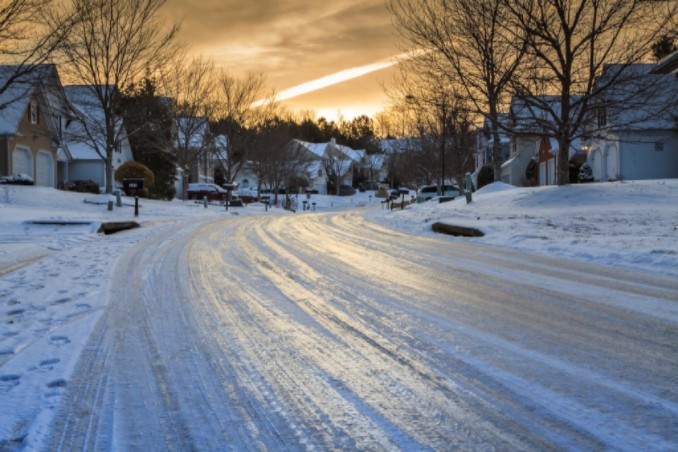Falling leaves. A chill in the air. Shorter days. These are the first signs of winter weather that remind us that the warm days of summer are ending and it’s time to prepare for the chilling temperatures. Advanced preparation will help you not get caught unawares.
Here are some tips on how to make your house ready and more comfortable for the coming cold months:
Repair the Roof
Inspect your roof for any loose-fitting shingles and nail them. If they remain loose, they could leak the water from melting snow and ice. Loose roofing will also drive up your energy bills more as heated air will keep leaking out of your home. Flat roofs will require raking or leaf blowing to prevent any leaves from accumulating moisture.
Spruce Up Your Residential HVAC System
After serving you faithfully throughout the summer, your residential HVAC system needs to be touched up for the wintry weather up ahead. Replace your filters as you prepare for the upcoming change in weather. Clear your ducts of any accumulated dust. Your system will be in a better operational position to tackle the increased air pollutants that come with cooler temperatures.
To keep your air conditioning unit from freezing up, replace your air refrigerant and warm up the system. Cover any outdoor unit it with a blanket once the temperature hits 60 degrees and below. This will keep it protected from ice that might form on it.
If you are unsure about the state of your residential HVAC system, get a professional to assess it for you in time for the change in temperature.
Fix the Gutters
Inspect your gutters for any accumulated debris and leaf matter. When there is a blockage, ice water collects and leaks into your house, causing more damage and making it harder to keep warm. Spray water on your downspouts to clear them. You can install a leaf guard to prevent any further accumulation during the cooler weather.
Alter Ceiling Fan Direction
If you use any ceiling fans whose blades run in an anti-clockwise direction, you will need to reverse their course. Running the blades in a clockwise manner causes an updraft which results in warm air being pushed down since it rises. Any air you heat will remain in the room and contribute to reducing your energy costs while keeping you warm.
Cover Outdoor Plants
If you recently planted anything and it is still at its tender germination or sprouting stage, you need to protect it from frost. Use a plastic sheet during the night to cover it, but be sure to remove it in the morning to avoid the plant’s overheating. You can also use a blanket to do the same thing without any fear of plant heating once morning arrives.
If you have any perennials, you will not need to cover them. Just add some mulch, enough to protect their crowns. This is about two to four inches high.
Insulate the Windows
When it is cold outside, and that cool air enters the house, it lowers the temperature. You, therefore, should increase the heating. Any gaps wider than a nickel around the window frames or doors will leak cold air in (and heated air out) and drive up your energy bill. To cover them up apply some caulk.
For the exterior side of the frames, silicone caulk is recommended as it is not affected by weather elements and will not shrink. Use heavy-duty window treatments as an additional measure to keep frigid air out.
Bring Out the Warm Bedding
Bedding you use in warmer weather will not suffice as the temperatures drop. Clean and store them and switch to heavier bedding across the house to stay warm.
Store Outdoor Equipment
Whether it is the grill that now sits charred or patio chairs, you need to clean and store them before the wintry weather sets in.
Touch Up the Furnace
Remove any ashes that might still be present from its last use. Clear any sediment that might have accumulated to make sure it works efficiently and is not a fire hazard.
Conclusion
Cooler temperatures require the house to be prepared well in advance. Several areas might need attention in and out of the house. Good preparation does not just mean staying warm but also doing so less expensively.

